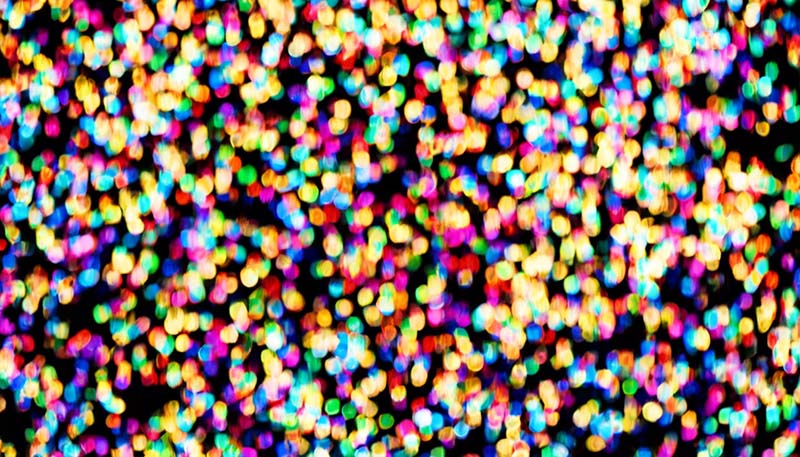The Impact of Politics on Beauty Trends
Beauty trends have always been influenced by a multitude of factors, including culture, economics, and social movements. However, the role of politics in shaping these trends is a fascinating aspect of fashion history that is often overlooked. This article explores the various ways in which political climates, policies, and events have influenced beauty standards and trends throughout history and into the present day.
Introduction
From the fashion houses of Paris to the catwalks of New York, beauty is a powerful form of expression. It's a canvas on which society paints its values, ideals, and even its politics. The interplay between politics and beauty is complex and multifaceted, reflecting the broader social and cultural dynamics at play.
Advertisement
Historical Influences
Ancient Civilizations
Even in ancient times, political ideologies influenced beauty standards. For example, the Egyptians' elaborate makeup and hairstyles were not just about aesthetics; they were indicative of one's social status and religious beliefs.
Renaissance and Beyond
During the Renaissance, the rise of humanism and the rediscovery of classical art led to a celebration of the natural form, which was reflected in more natural beauty trends.
Political Movements and Beauty
The Suffragette Movement
The early 20th-century suffragette movement had a significant impact on beauty and fashion. Women who fought for the right to vote often adopted androgynous clothing and minimal makeup to challenge gender norms and expectations.
The Civil Rights Movement
Similarly, the Civil Rights Movement in the United States saw African American women embracing their natural hair textures and challenging Eurocentric beauty standards, which had previously dominated the industry.
Political Regimes and Beauty Standards
Fascism and Beauty in the 1930s
Under fascist regimes, such as Mussolini's Italy, beauty standards were often used to promote a specific nationalistic ideal. This led to the glorification of certain physical features that were considered representative of the "ideal" Italian or German citizen.
Communist Countries
In contrast, communist countries like the Soviet Union and China during the Mao era often promoted a more utilitarian approach to beauty, with an emphasis on modesty and practicality over luxury and adornment.
Modern Politics and Beauty Trends
Body Positivity and Inclusivity
In recent years, there has been a shift towards more inclusive and diverse beauty standards, which is partly a response to political movements advocating for body positivity and inclusivity.

Political Statements Through Beauty
Today, beauty is also used as a platform for political statements. Celebrities and influencers use their looks to express their political affiliations or to raise awareness about social and political issues.
Beauty Standards and Cultural Diplomacy
Beauty standards can also serve as a form of cultural diplomacy. Countries often promote their beauty ideals and practices on the global stage as a way to project soft power and cultural influence.
Conclusion
The relationship between politics and beauty is an intricate dance of power, influence, and self-expression. As political landscapes change, so too do the ways in which beauty is perceived and presented. Understanding this relationship offers a unique perspective on the cultural and social shifts that define our times.
Comments